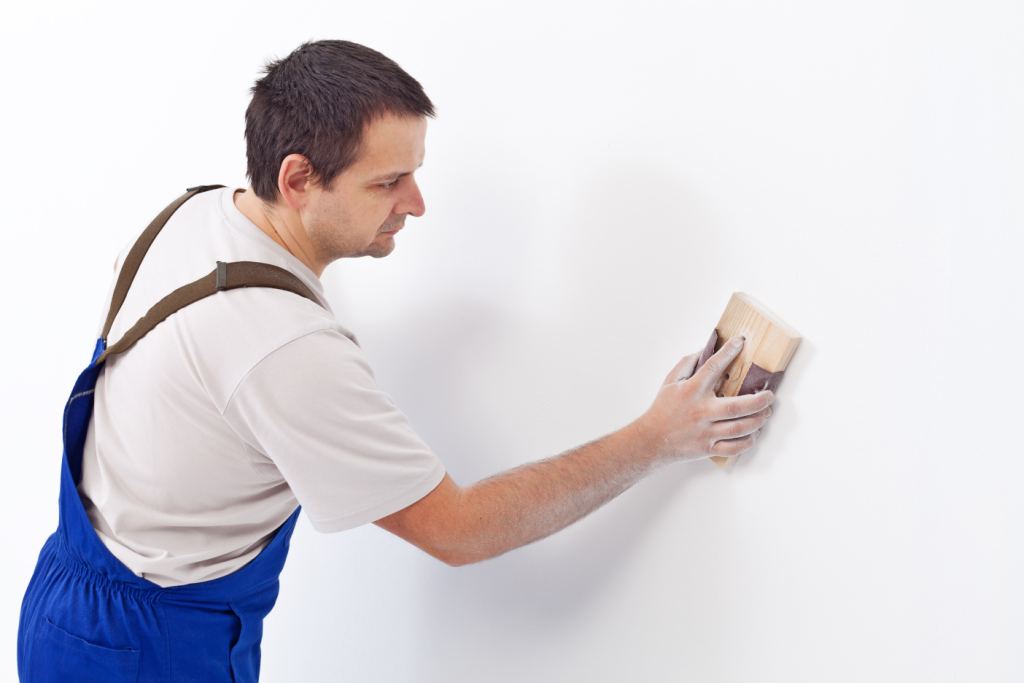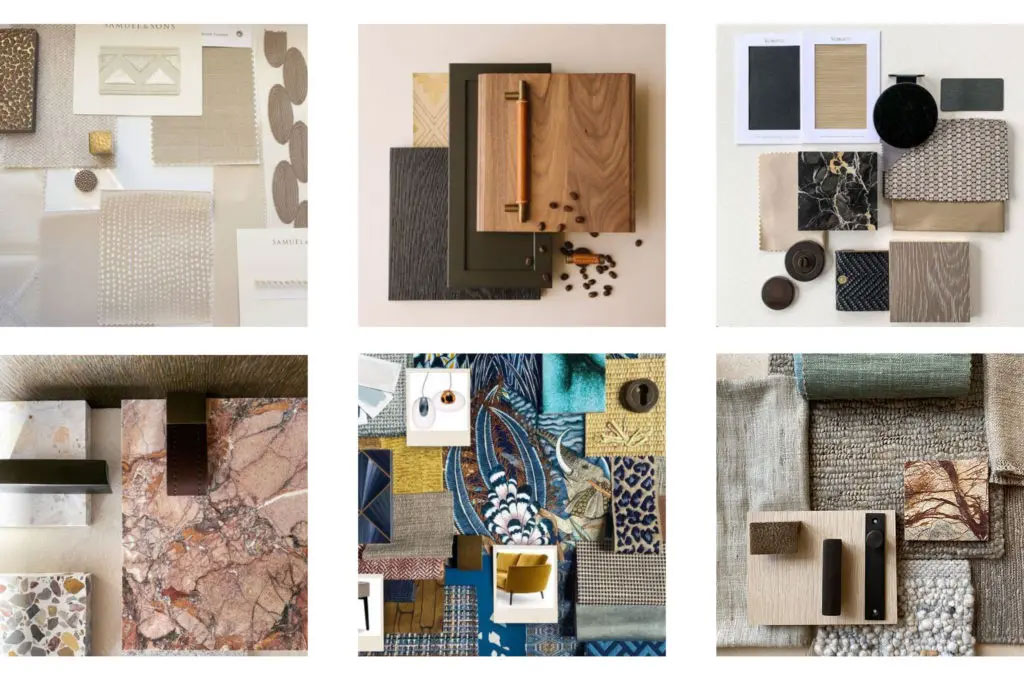Introduction:
When it comes to interior design, the walls of a space are like a blank canvas waiting to be transformed into a work of art. One often overlooked but incredibly effective way to add character and personality to drywall is by incorporating textured finishes. Textured finishes enhance visual appeal and create tactile experiences, turning ordinary walls into extraordinary focal points. In this article, we’ll explore the art of textured finishes to breathe life into drywall. This will elevate the overall ambiance of your living or working space. Textured finishes can range from subtle to bold, adding a level of sophistication and character to any room. They can be used to cover imperfections and create a unique look. With the right design and color, textured finishes can be used to make a room more inviting and inviting.
1. Understanding Textured Finishes Basics:
Before diving into the myriad of possibilities, it’s essential to understand the basics of textured finishes. Textured finishes add depth, dimension, and visual interest to walls. They can be applied to both ceilings and walls, creating a customized look that complements the overall design scheme of a room. From subtle patterns to bold, dramatic textures, the options are limitless.
Textured finishes extend beyond mere aesthetics; they also serve functional purposes. They can help mask imperfections in the drywall, adding practicality to their visual appeal. Additionally, they can influence the way light interacts with the walls, creating shadows and highlights that enhance the overall atmosphere of a space.
2. Types of Textured Finishes:
- a. Venetian Plaster:
Venetian plaster is a classic choice for adding sophistication to drywall. This technique involves applying multiple layers of plaster, resulting in a smooth, polished finish that mimics marble. Venetian plaster’s subtle sheen adds a luxurious feel to any space. Consider combining it with metallic pigments for a modern twist on this timeless finish. - b. Knockdown Texture:
If you’re aiming for a more casual and contemporary vibe, a knockdown texture is an excellent choice. This finish involves spraying joint compounds onto the walls and then “knocking down” the peaks with a trowel, creating a textured, stucco-like appearance. It’s versatile and can be adjusted to achieve various levels of texture, from subtle to pronounced, depending on personal preference. - c. Skip Trowel Texture:
Skip trowel texture is a popular choice for rustic or Old World aesthetics. It involves applying a joint compound in a random, skipping motion, creating a textured surface with a handcrafted feel. This finish pairs exceptionally well with earthy color palettes and natural materials, bringing warmth and character to a room. - d. Orange Peel Texture:
For a subtle and uniform texture, consider the orange peel technique. This involves spraying a mixture of joint compound and water onto the walls, resulting in a finish that resembles an orange peel. It’s an excellent choice for those seeking a texture that adds interest without being too overwhelming, making it suitable for a variety of interior styles.
3. Choosing the Right Texture for Your Space:
When selecting a textured finish, it’s crucial to consider the overall design theme of the space. While Venetian plaster may be ideal for a sophisticated and elegant atmosphere, a knockdown or skip trowel texture might be better suited to a more relaxed and casual setting. The key is to choose a texture that complements the existing elements in the room, such as furniture, lighting, and flooring.
Consider creating texture combinations in a space. For instance, you might choose a Venetian plaster finish for an accent wall and a subtle orange peel texture for the remaining walls. This interplay of textures adds depth and visual interest, creating a dynamic and visually appealing environment.
4. DIY vs. Professional Application:
While some textured finishes can be applied by confident DIY enthusiasts, others may require professional expertise. Venetian plaster, for example, demands a skilled hand to achieve the desired polished look. Before embarking on a texturing project, assess your skills and comfort level, and seek professional assistance if needed.
Experimenting with small sections or sample boards can help you get a feel for different textures before committing to a full-scale project. Additionally, consider attending workshops or consulting with professionals to gain insights and tips for achieving the most effective results based on your chosen textured finish.
5. Maintenance and Longevity:
Textured finishes enhance aesthetics and contribute to wall durability. They can conceal minor imperfections and make walls more durable. However, it’s essential to follow proper maintenance guidelines to ensure textured finishes’ longevity. Regular cleaning and occasional touch-ups can keep your walls looking fresh and vibrant for years to come.
Periodically inspect your textured walls for damage or wear. Resolve any issues, such as cracks or chips, to prevent further deterioration. Keep in mind that different textures may require specific cleaning methods, so familiarize yourself with the recommended care instructions for the chosen finish.
Conclusion:
Incorporating textured finishes into your drywall is a creative and rewarding way to transform your living or working space. Whether you prefer Venetian plaster’s timeless elegance or the modern flair of knockdown texture, the possibilities are endless. By understanding the different types of textured finishes and carefully choosing one that aligns with your design vision, you can turn your walls into a captivating canvas that reflects your unique style. Take the plunge, experiment with textures, and watch as your space comes to life with individuality and charm.



